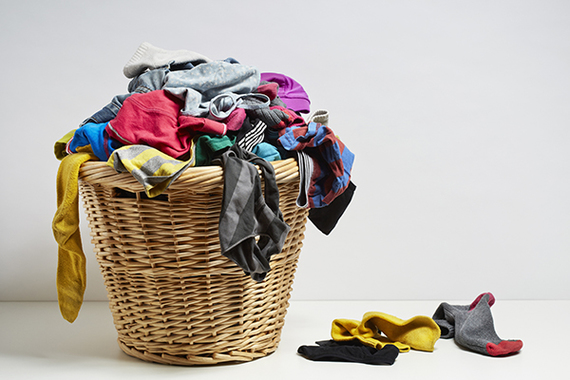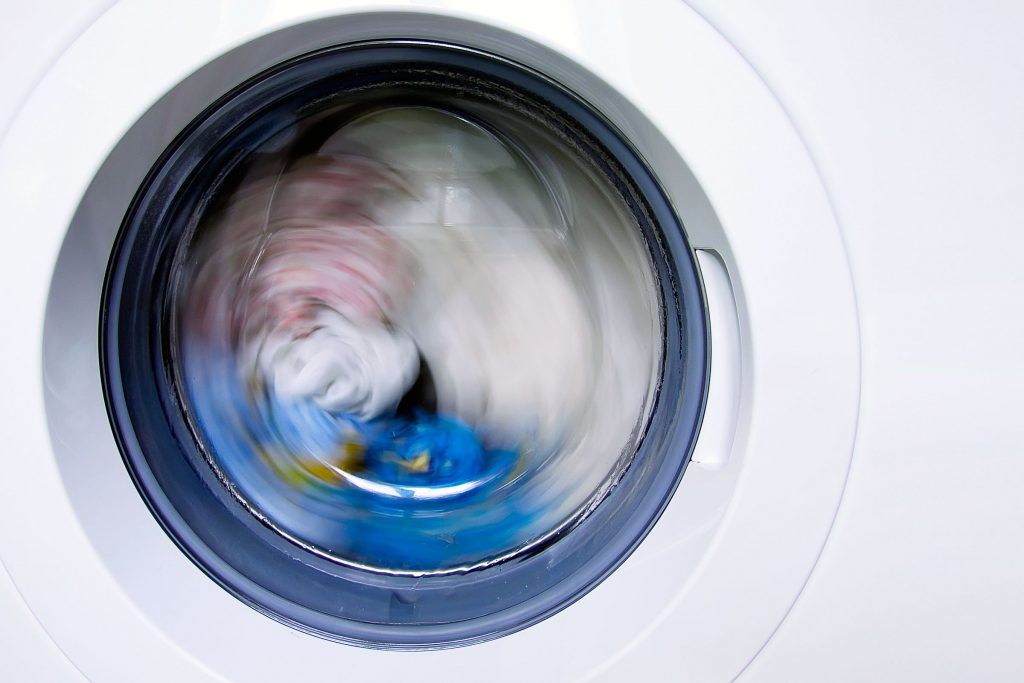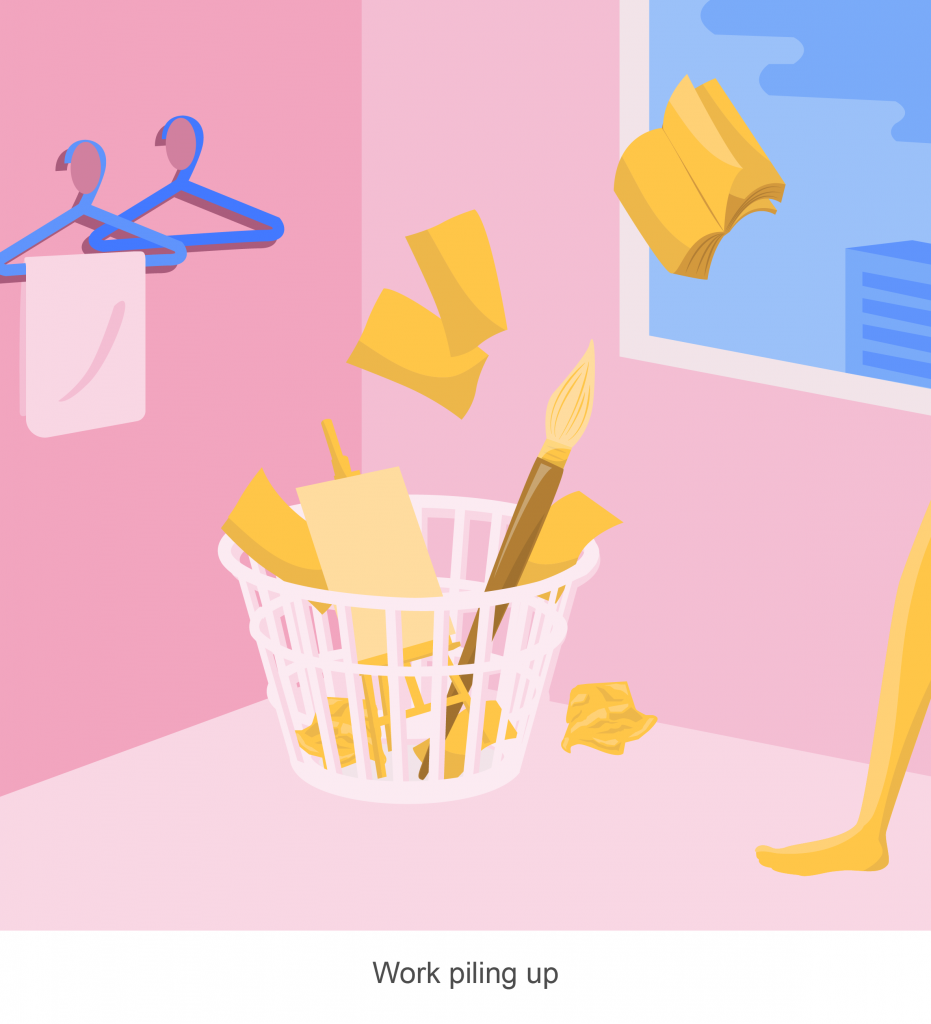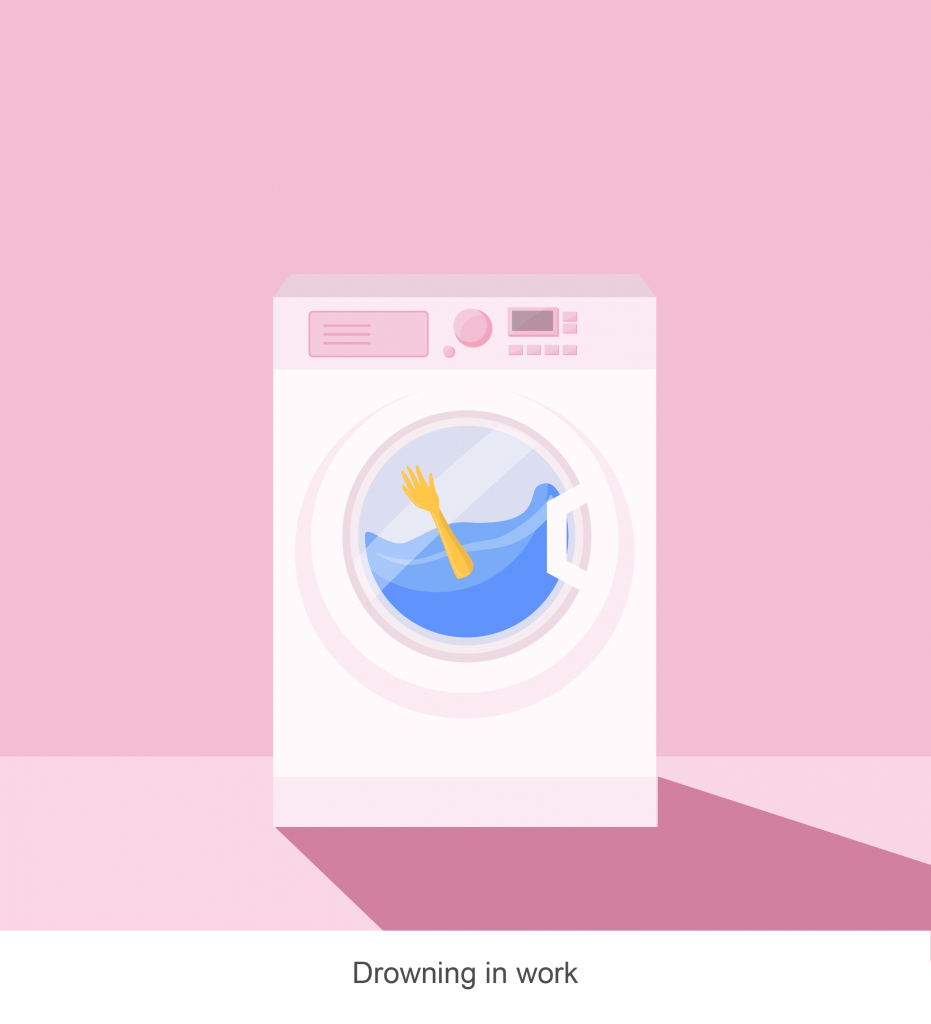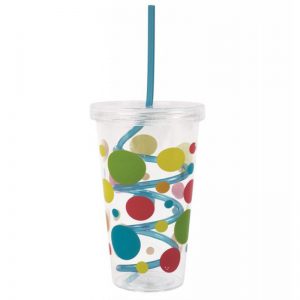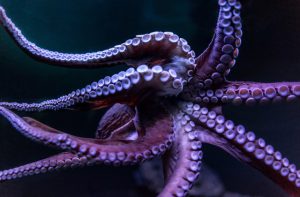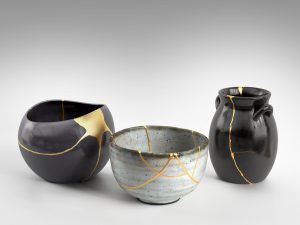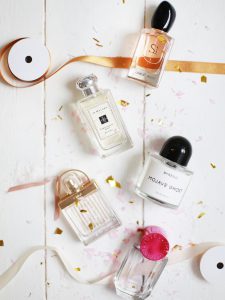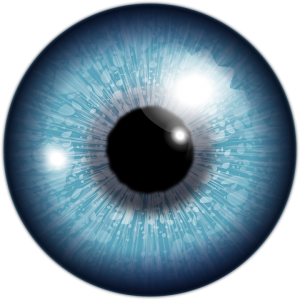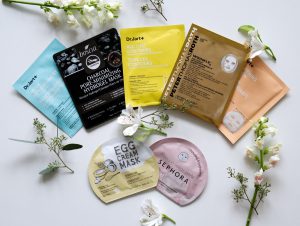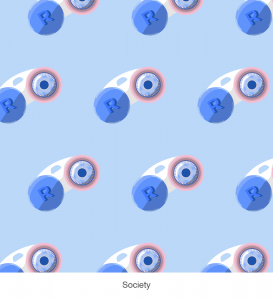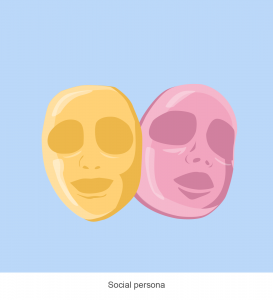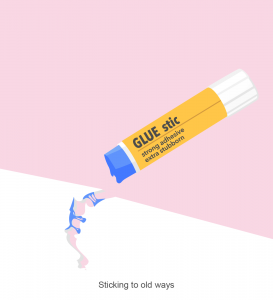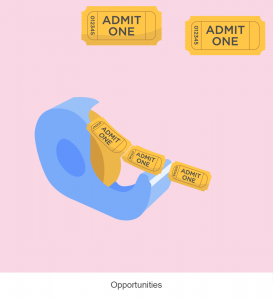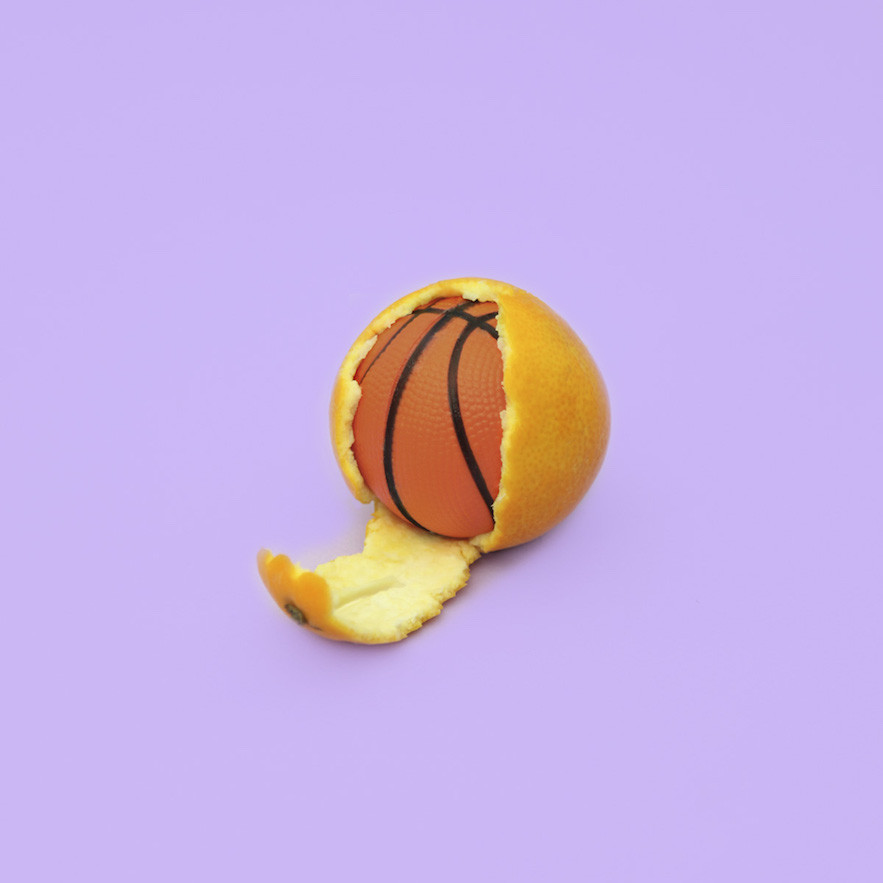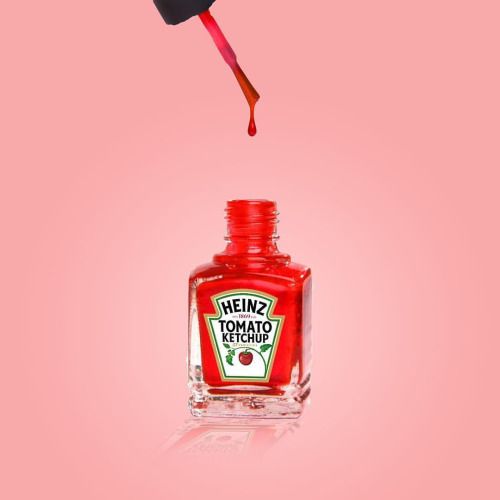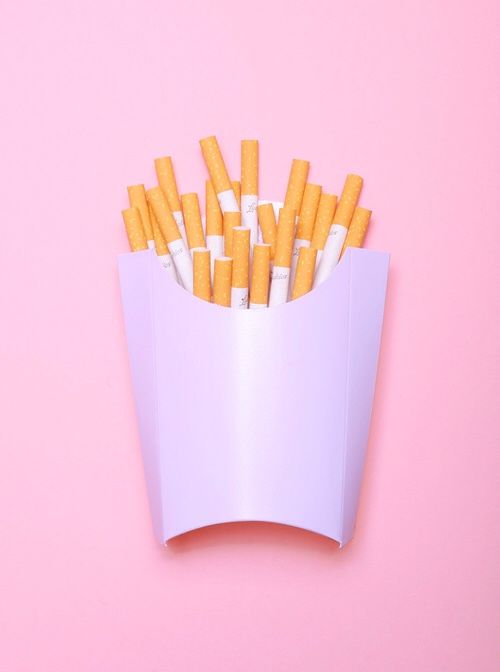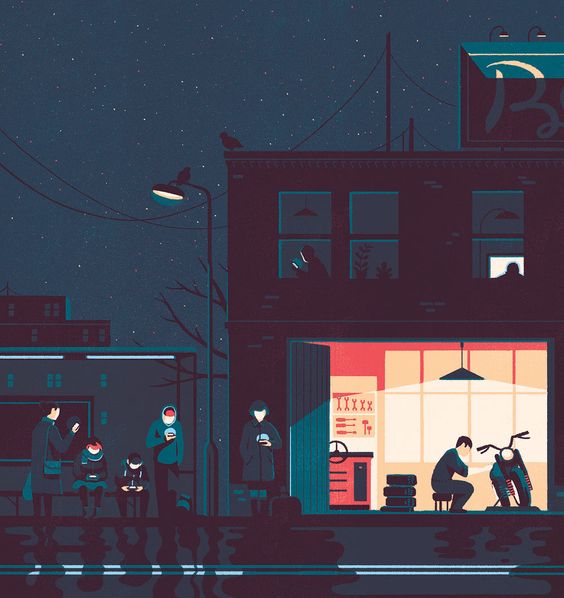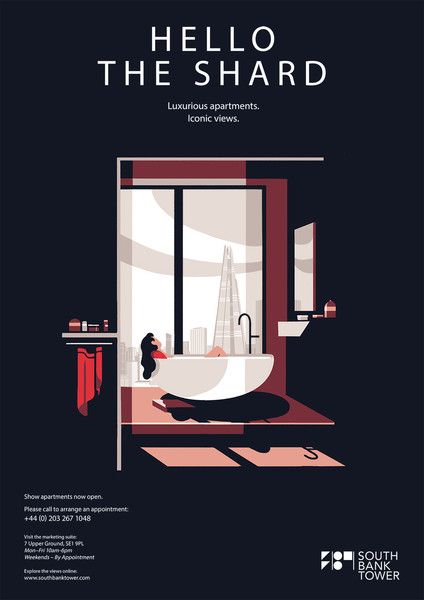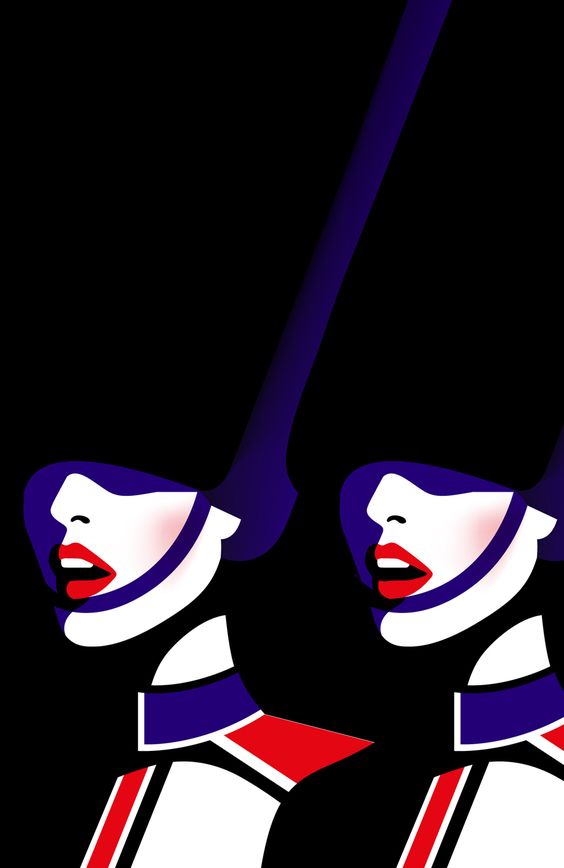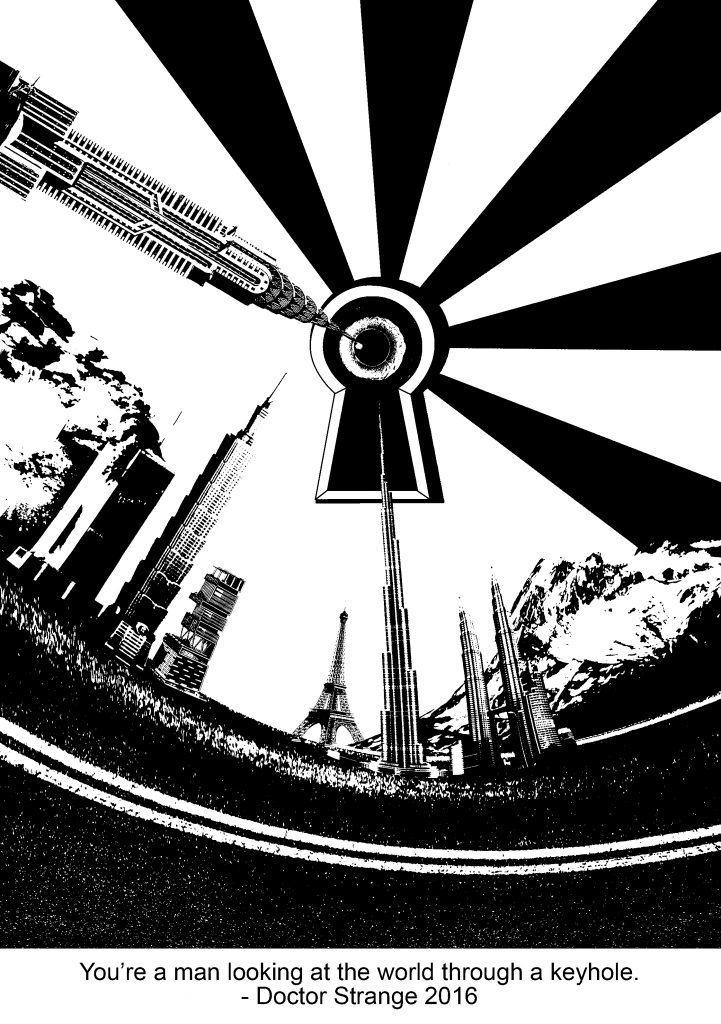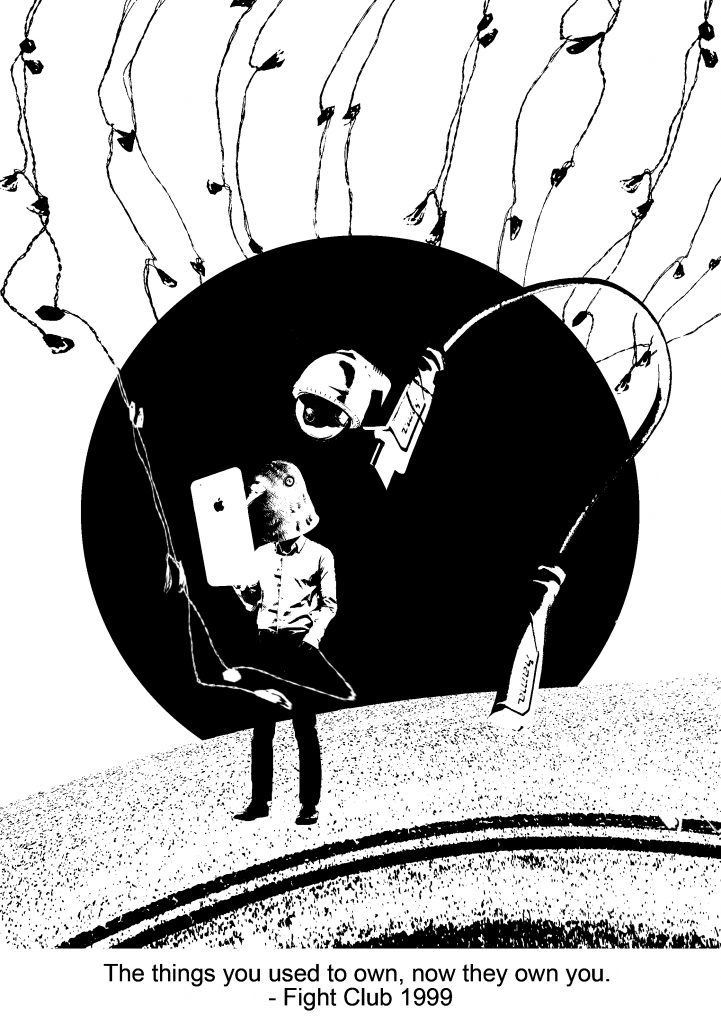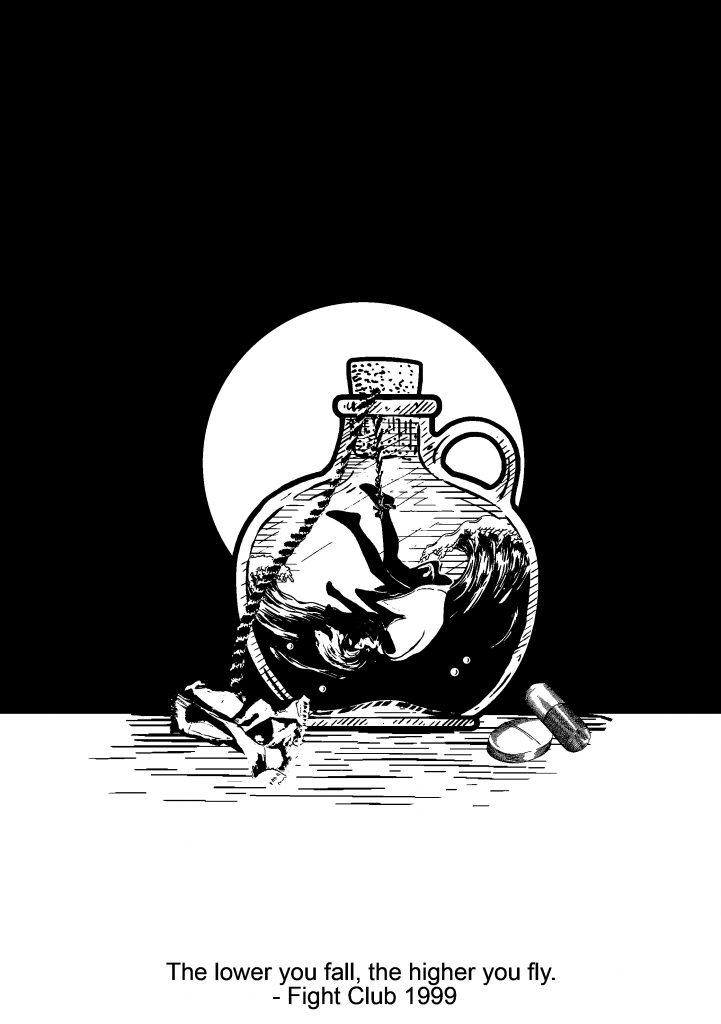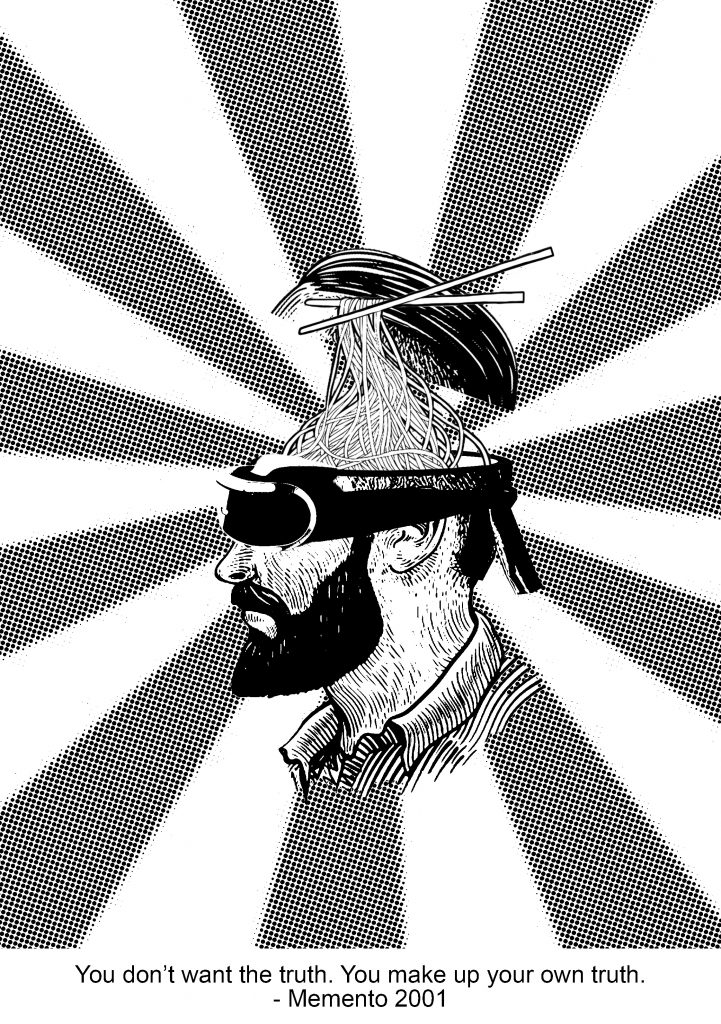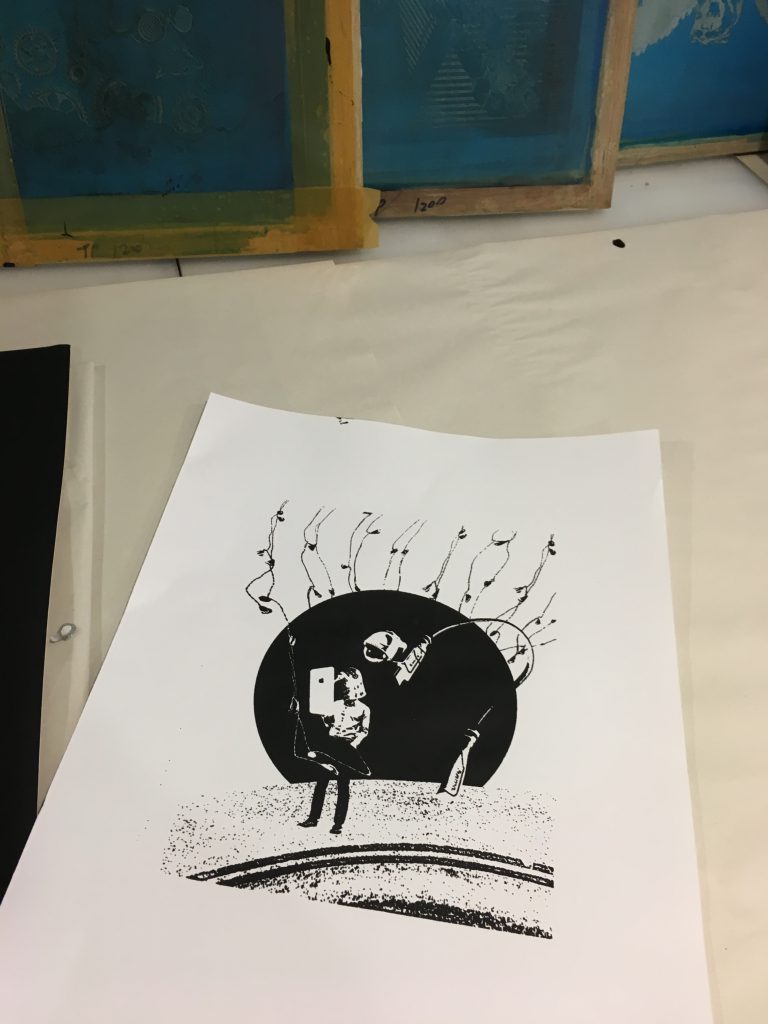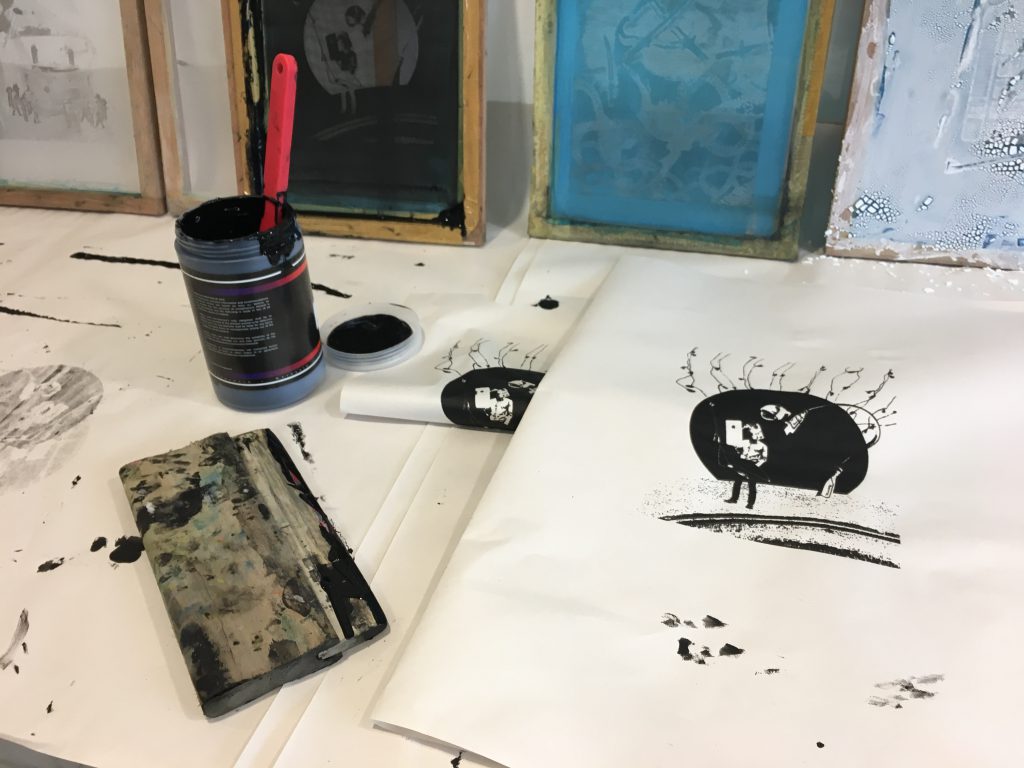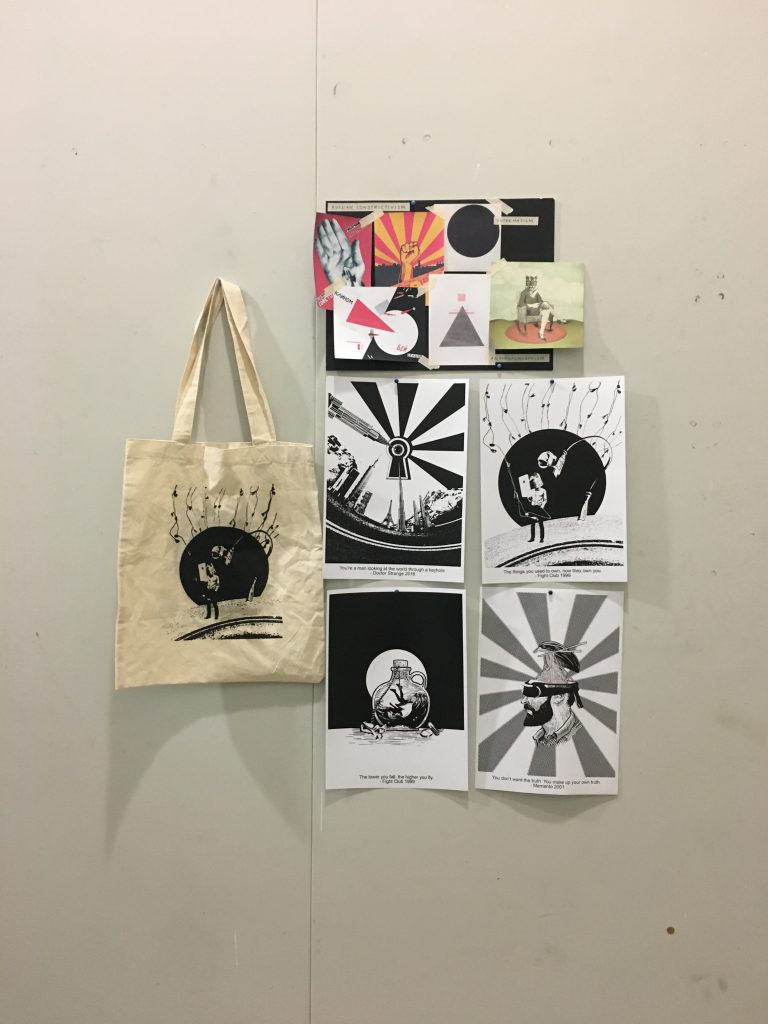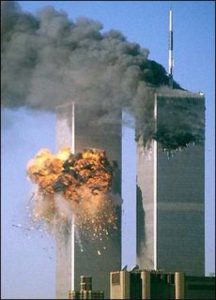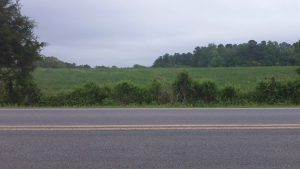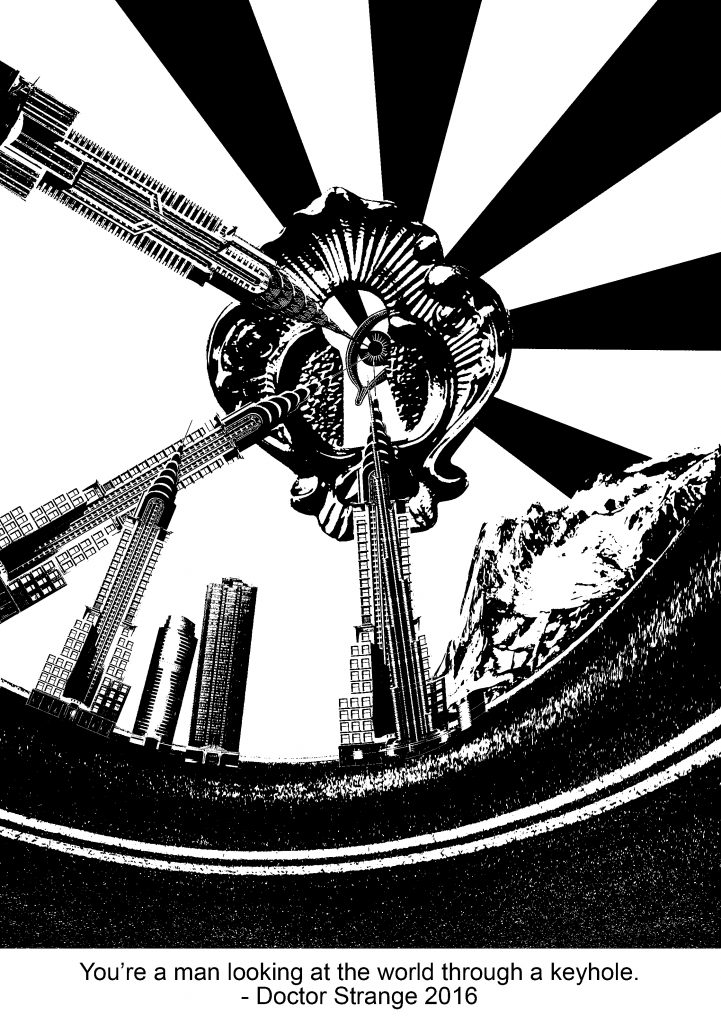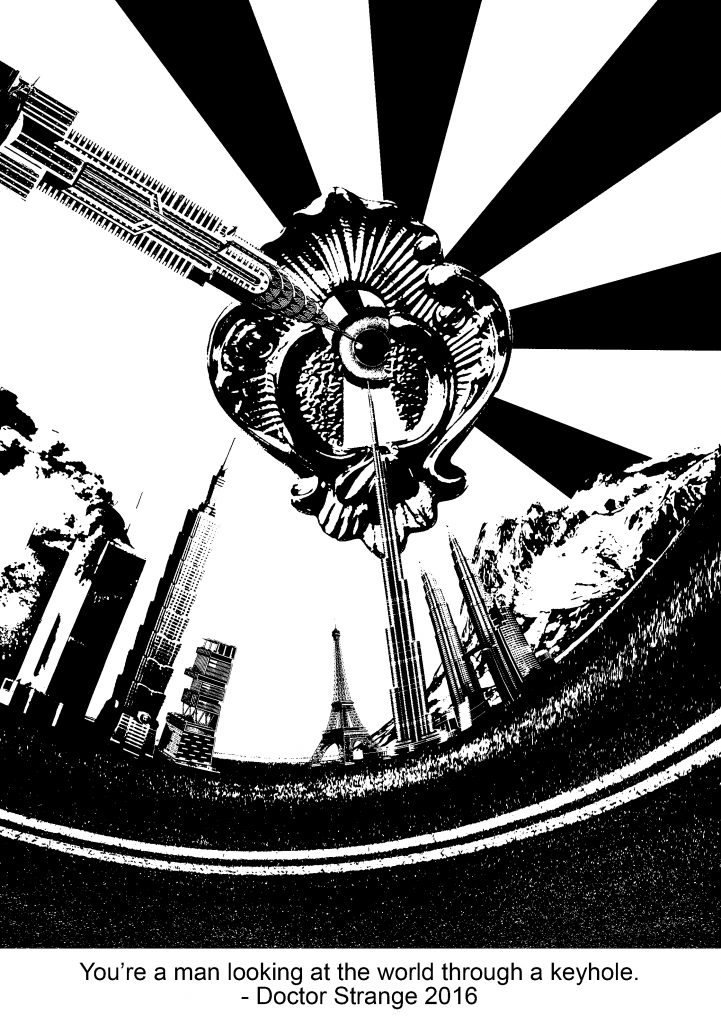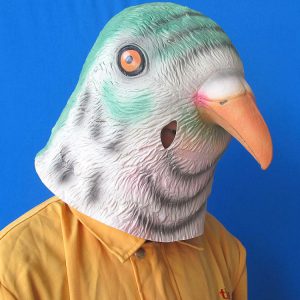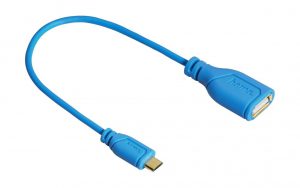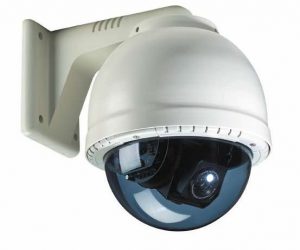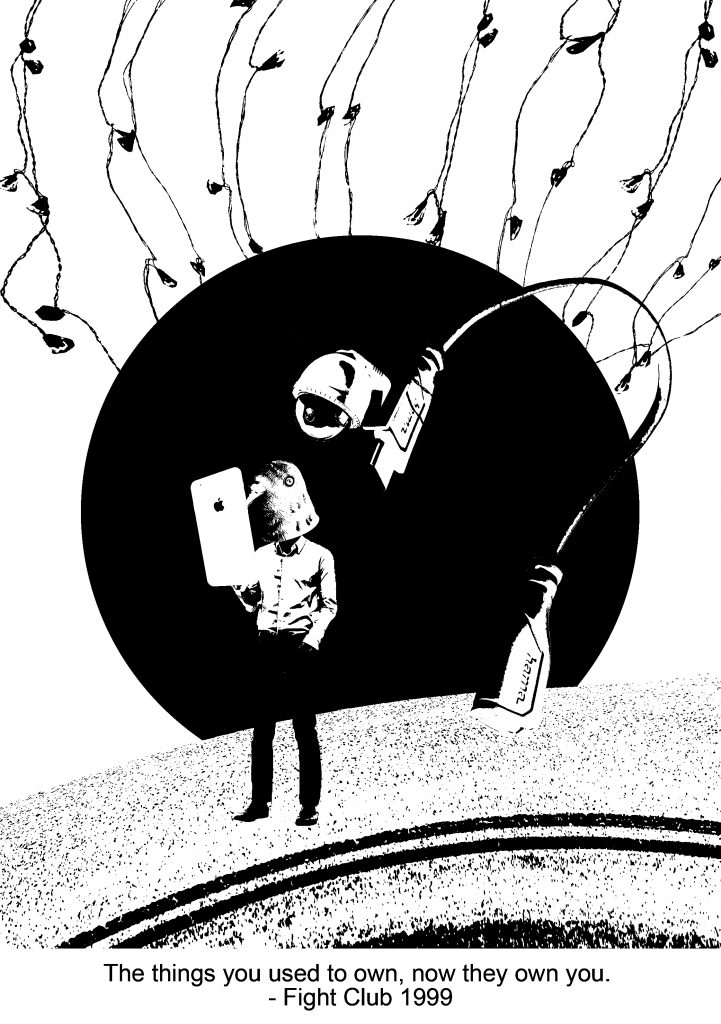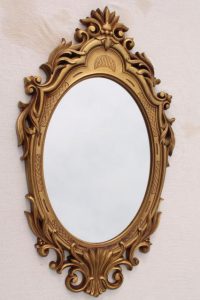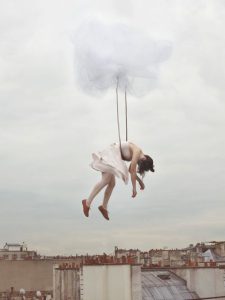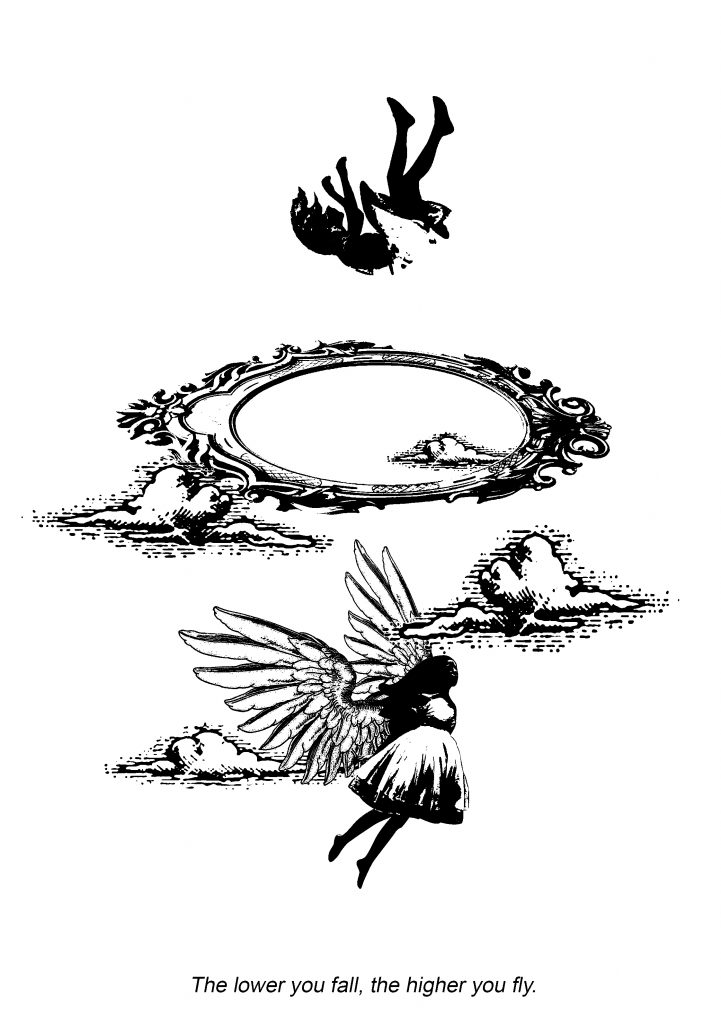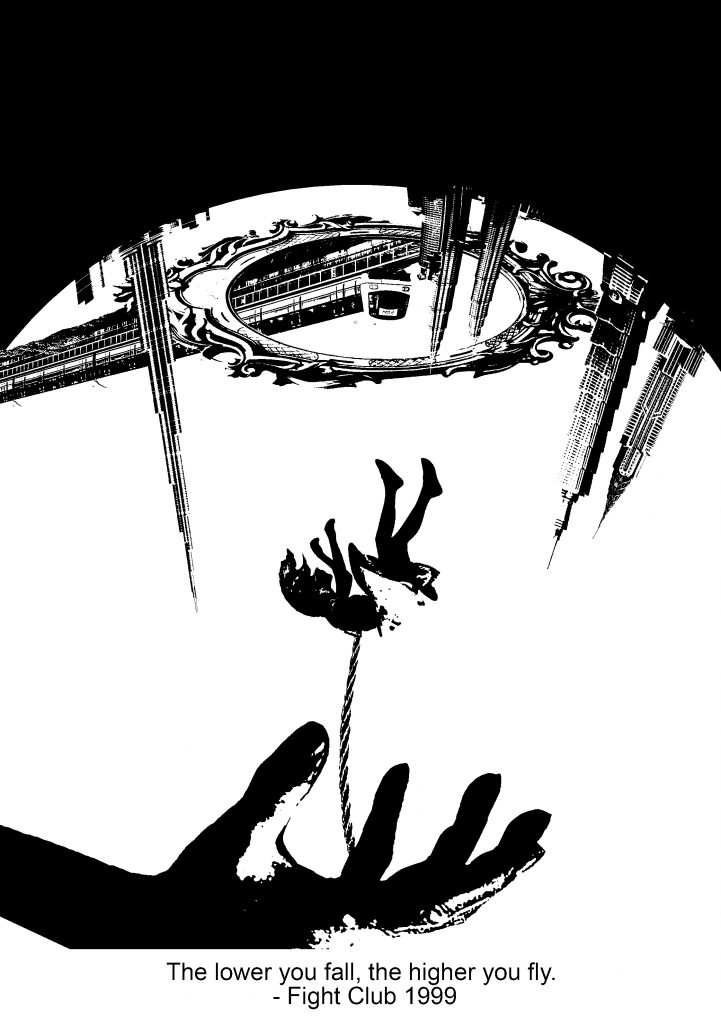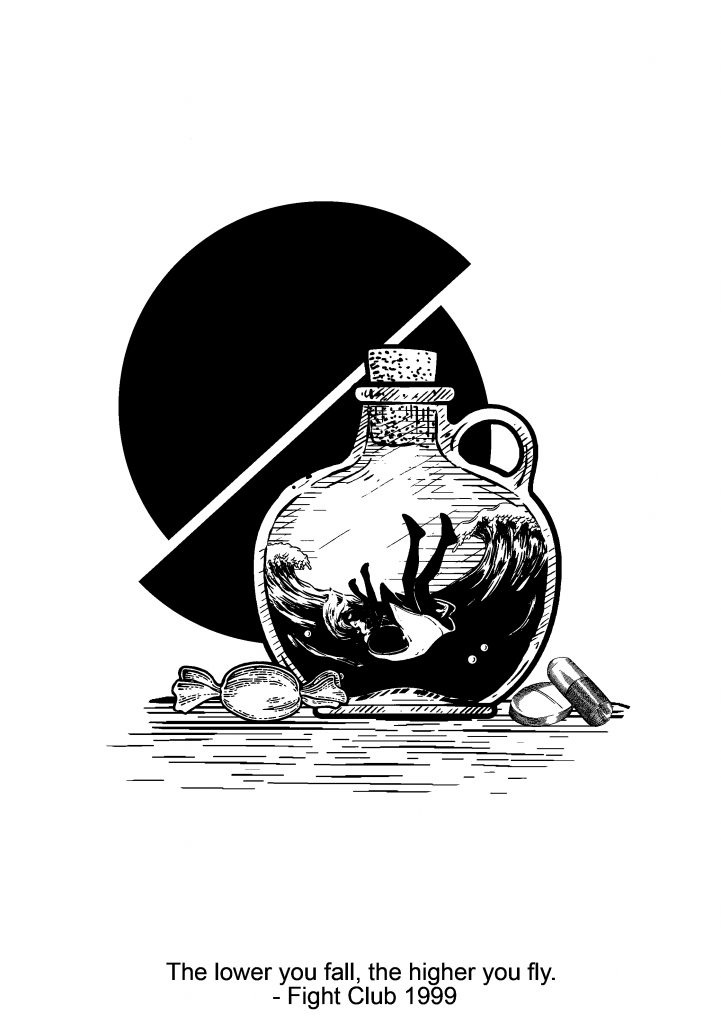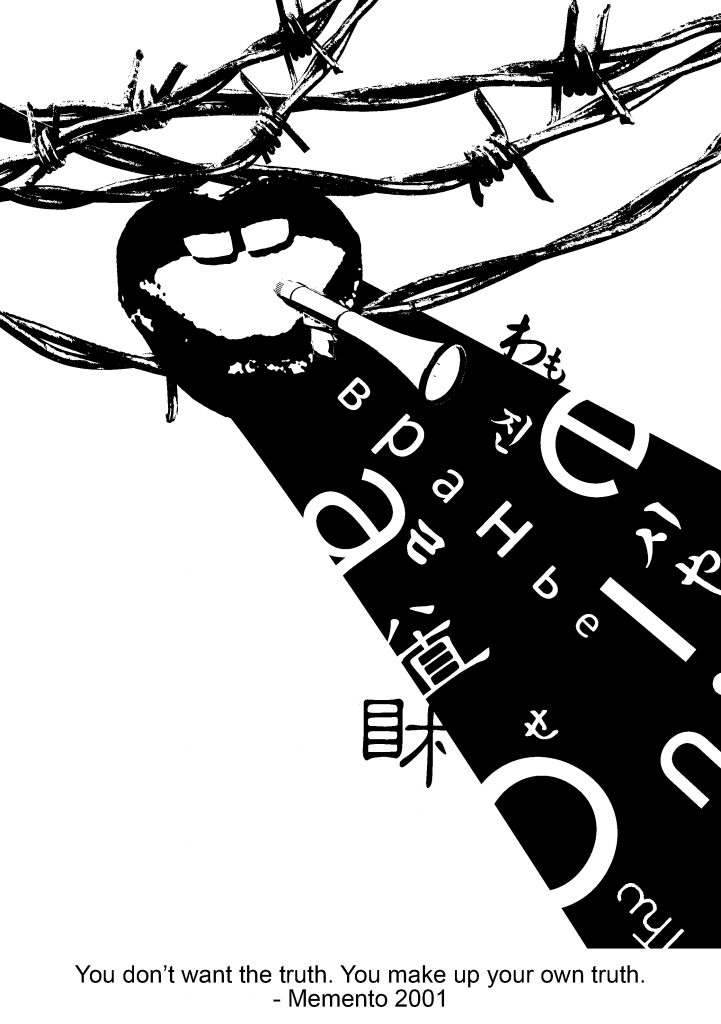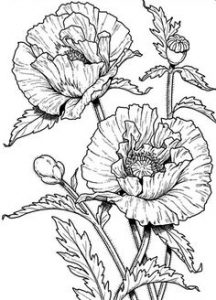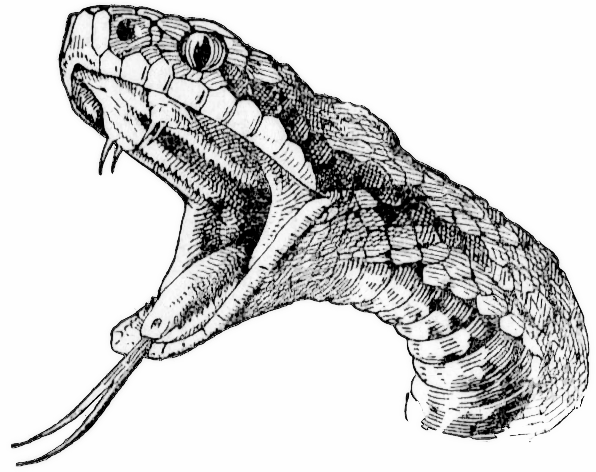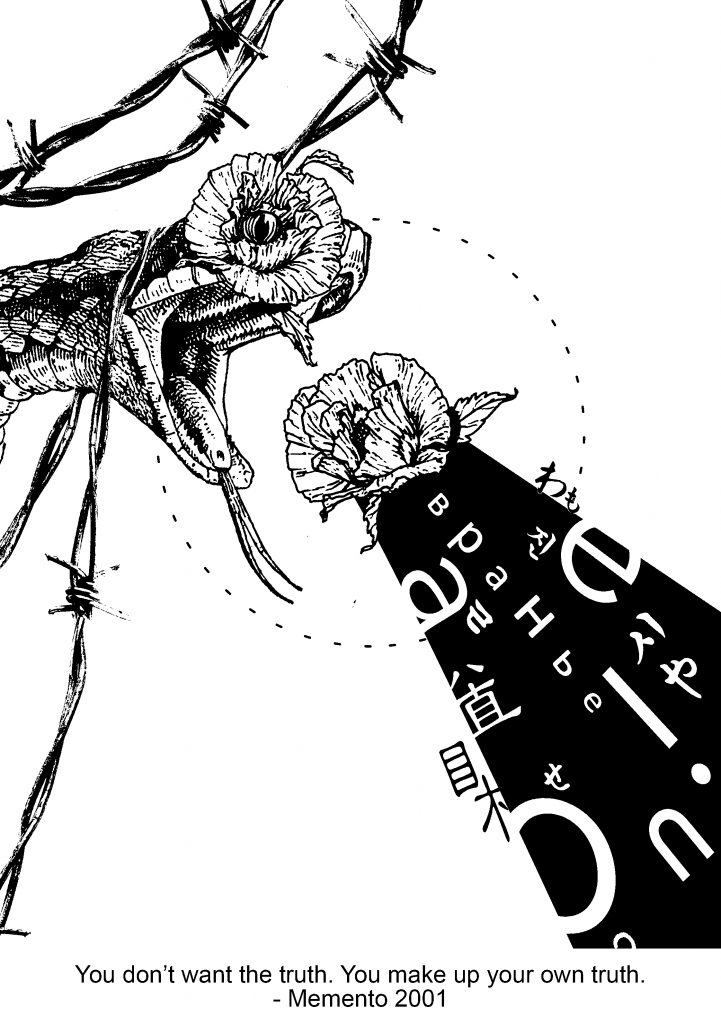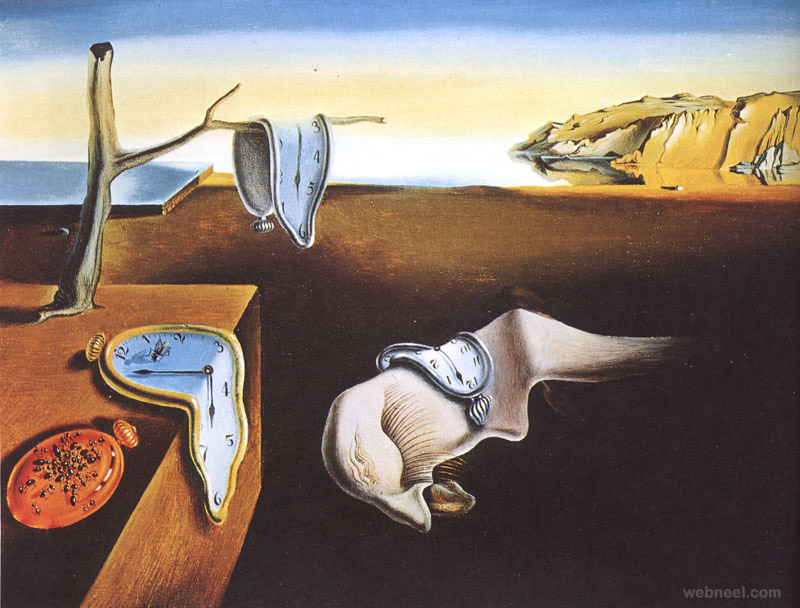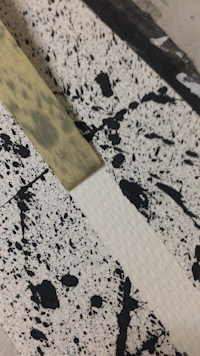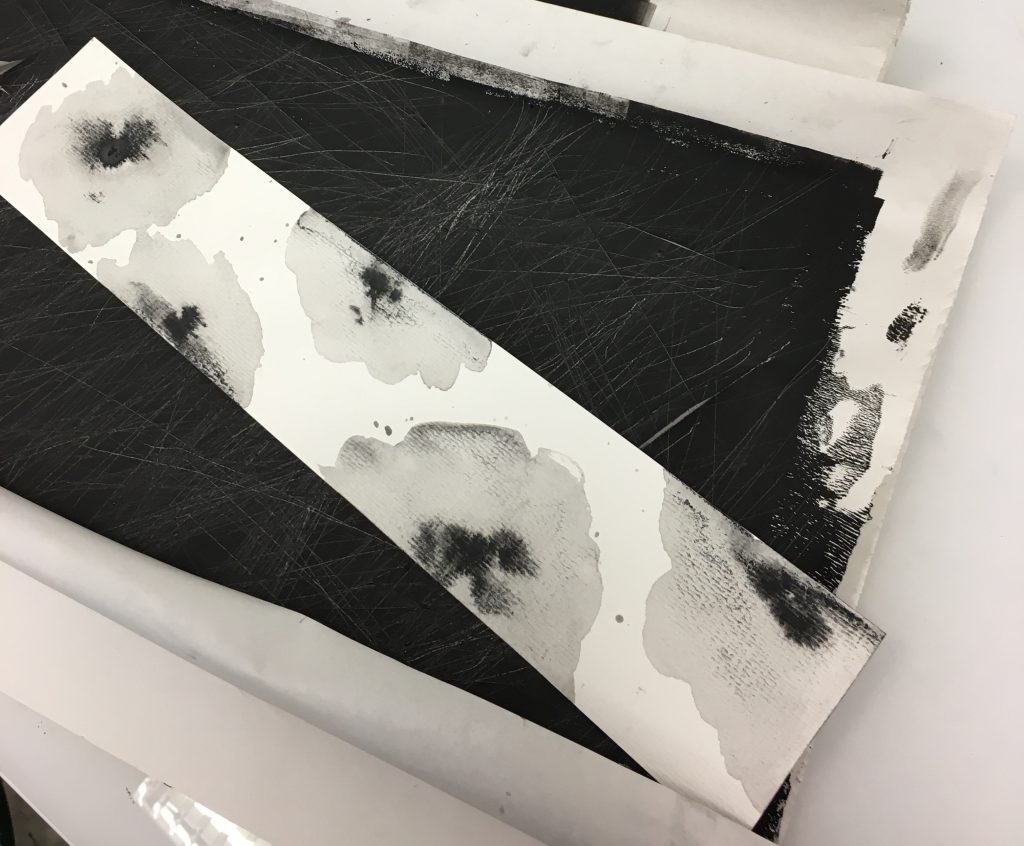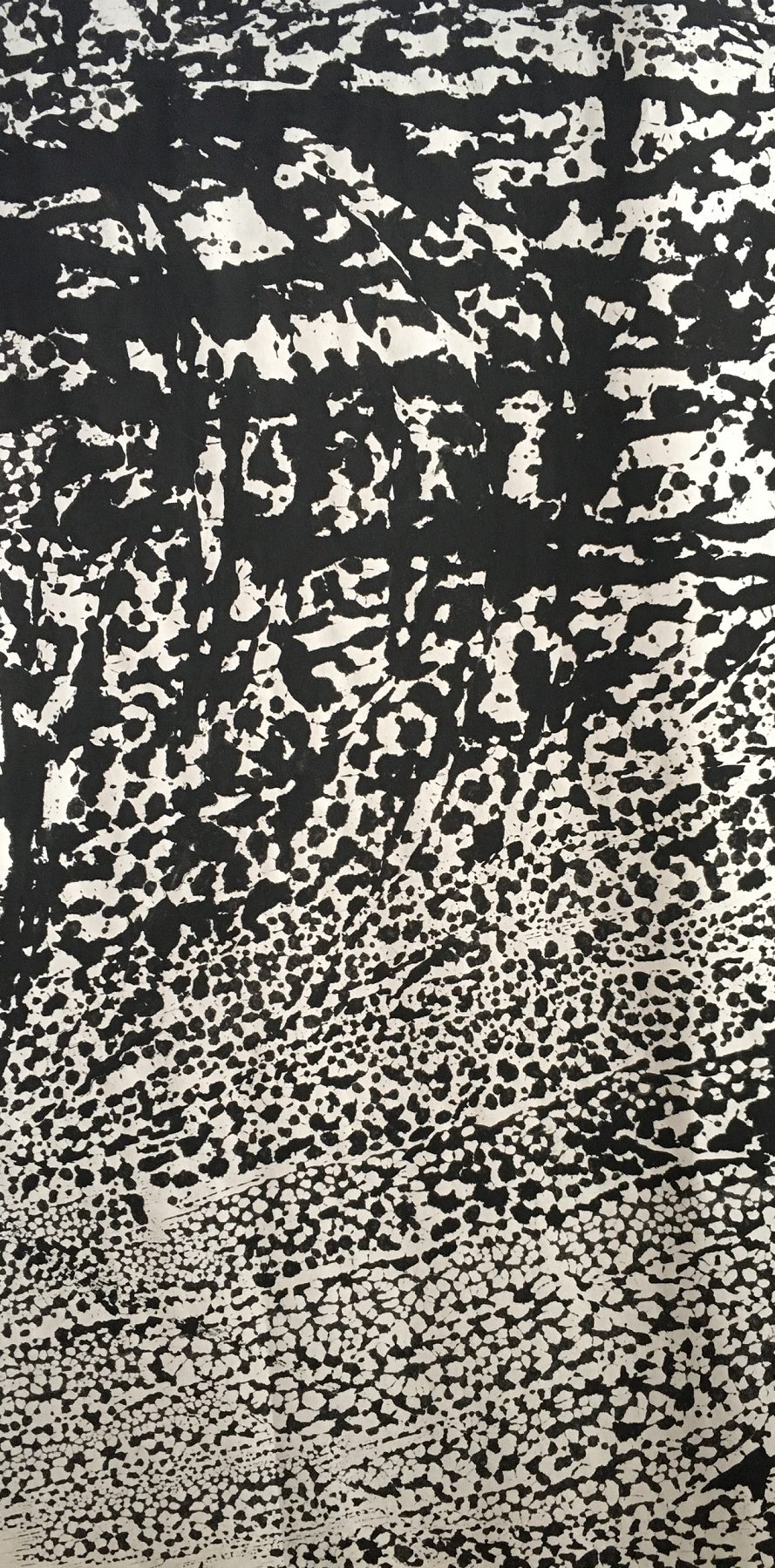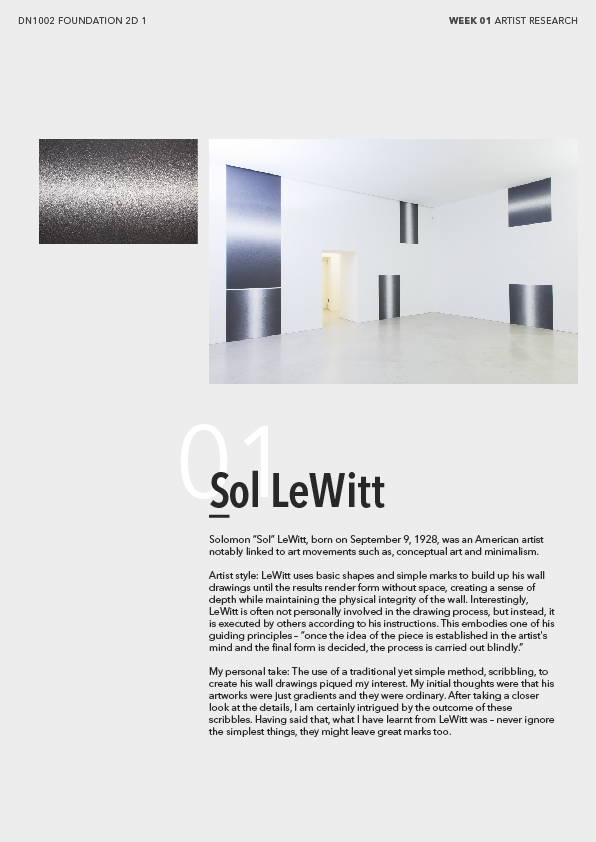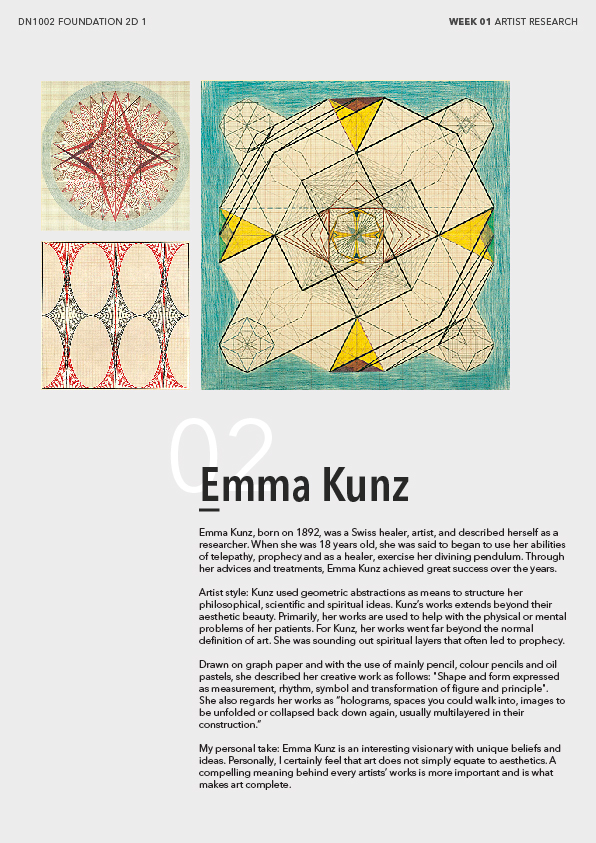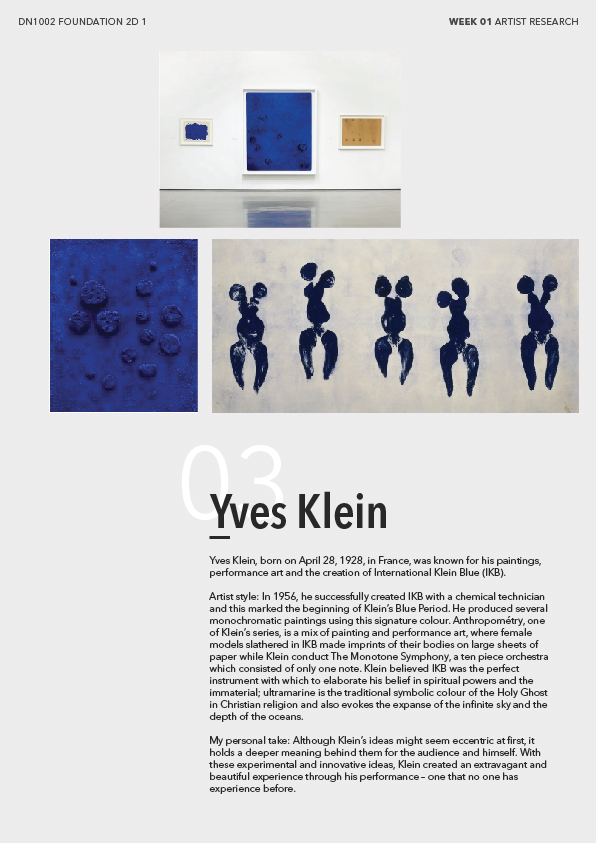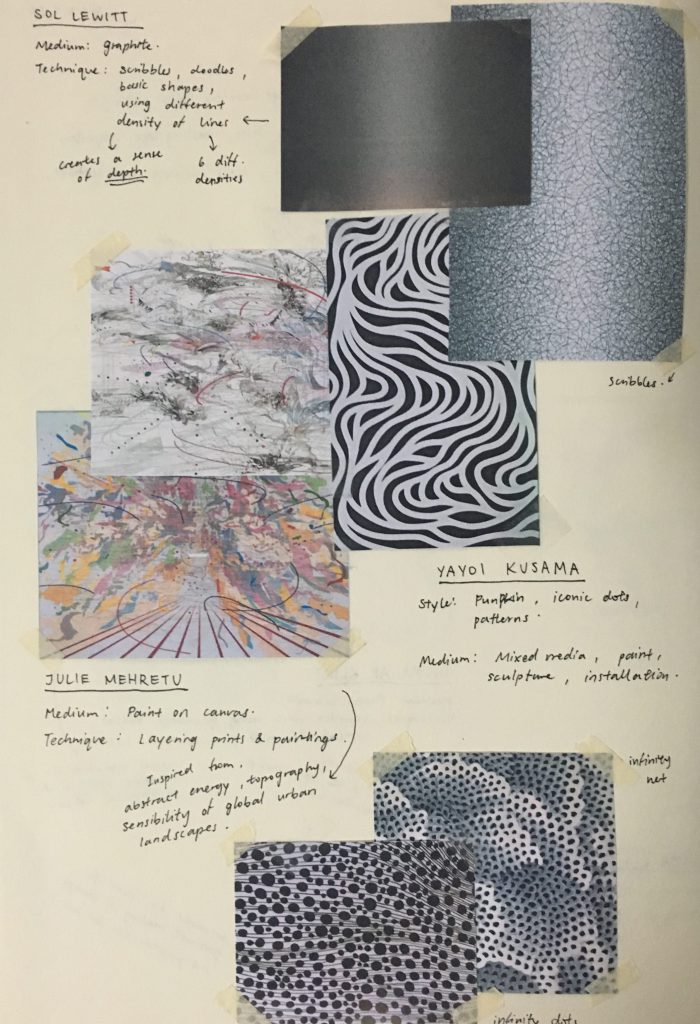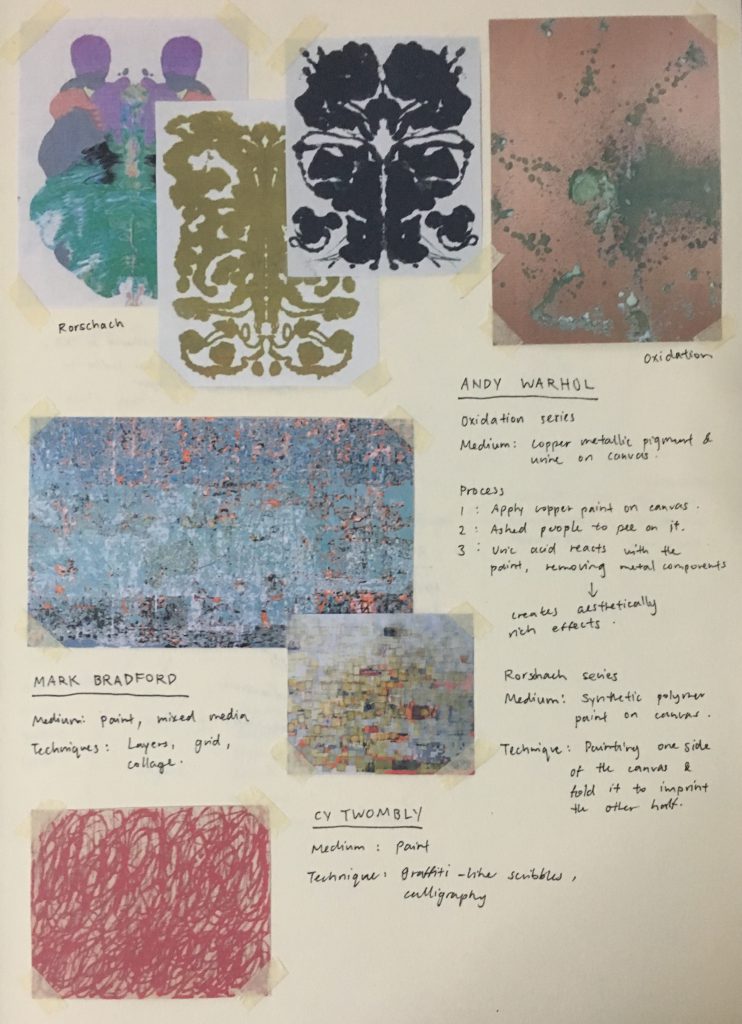Here’s the final outcome of my Ego project!
To view the design process and research, you can click on the links below:
03 Ego: Final (this post)
IF MY EGO WERE OBJECTS
What would I be?
–
There are millions of objects in this world. Some are of importance, some are of no worth and some are redundant. It all depends on the person who’s looking at the object. If I were to ask everyone to list 10 objects that are most significant to them, the outcomes will be infinite. So, here are some objects that represent me.
TRIAD
I used triadic colours as it seemed more dynamic as compared to using 2 colours – complementary or split complementary. Overall, (pink and blue) pastel colours were dominant but I used tints and shades to add the lights and shadow, making the objects seemed more 3D. I’ve also added essence of yellows to bring focus to a certain object.
I used pink – representation of feminity (myself) and playfulness
blue – to portray calmness, sadness or peace
yellow – to portray joy and warmth
01 “School life” in a laundry context
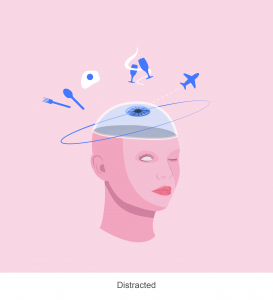 |
 |
 |
Just like how laundry is being piled up in the laundry basket at days, I felt that it goes the same way for my work, piling up as time goes by because I am distracted or procrastinating. As a result, I’m drowning in my work, along with my mixed emotions that overwhelm me – stressed, sad, anxious and angsty, all at once.
02 “My first love” portrayed as utensils
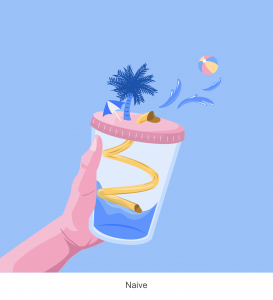 |
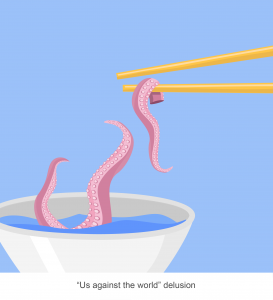 |
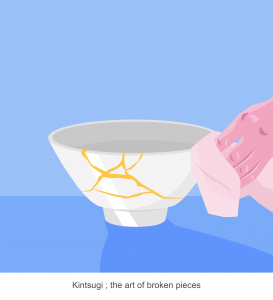 |
Naive me once believed that I could do anything in this world, with the people I love. But, growing up and life experiences have taught me the opposite – to be practical and set realistic goals.
The chopsticks represent a perfect pair and the tentacles represent the bad things in the world that are to come. My first love had me believe that anything is possible, regardless of what others say. It is just “us against the world”.
But, good things won’t last forever and I believe that Kintsugi, the art of broken pieces, is a perfect representation of experiences like this. Kintsugi is a Japanese art form that repairs ceramics with lacquer and liquid gold. They believe that there is greater beauty in the broken pieces and this refers back to life, where the things that happen, which you deem as “bad”, will end up teaching you a valuable life lesson.
03 “How we mask ourselves” portrayed as cosmetics
 |
 |
 |
To me, masking emotions is just like spraying perfume, covering ourselves with a scent, but in this case, with a particular emotion. Conforming to society’s expectations is a norm and for every different setting, I adopt a different persona – be it work, school, or with my family.
04 “Missing out life opportunities” portrayed as stationery
 |
 |
 |
“You’ll never know if you never try”.
This is such a common saying but it never gets into my head. I’ve come to realise that on many occasions, I tend to stick to my old and stubborn ways of doing things – which is really bad. Portrayed using the famous UHU glue stick that all design students should be very familiar with, is how I see my stubborn self – trying to glue the torn paper when it’s clearly not working out.
Life isn’t that cruel. There are actually many opportunities out there. And maybe, just maybe, life has been dispensing these opportunities like the tape dispenser but stubborn me failed to grasp it. So, I pondered about what chances I felt that I’ve missed out. These “could have” moments are illustrated in golden village tickets, as scenes that I think about from time to time, but never happened.
In the end, these “could have”s became regrets and wasted opportunities.
Ego has been an enjoyable project for me as I could explore myriad ways to illustrate myself. Initially, I thought it would’ve been easier if I could choose the medium which I’m most comfortable with. Turns out that curating a series of illustrations that made sense conceptually and visually appealing in terms of design and colours weren’t that easy after all as there are still many aspects to consider. As for myself, I tend to get swayed with my preferences. Thus, being able to balance my personal aesthetic choices vs. colour rules was challenging.
All in all, the entire journey of this module has gained me the skills to convey my concepts visually. From the very start, which is “My line is emo”, where it focused on design elements in only black and white to “Ego”, which largely focused on colour theory, 2D has taught me every reason why what I see is “aesthetically pleasing” or not.

